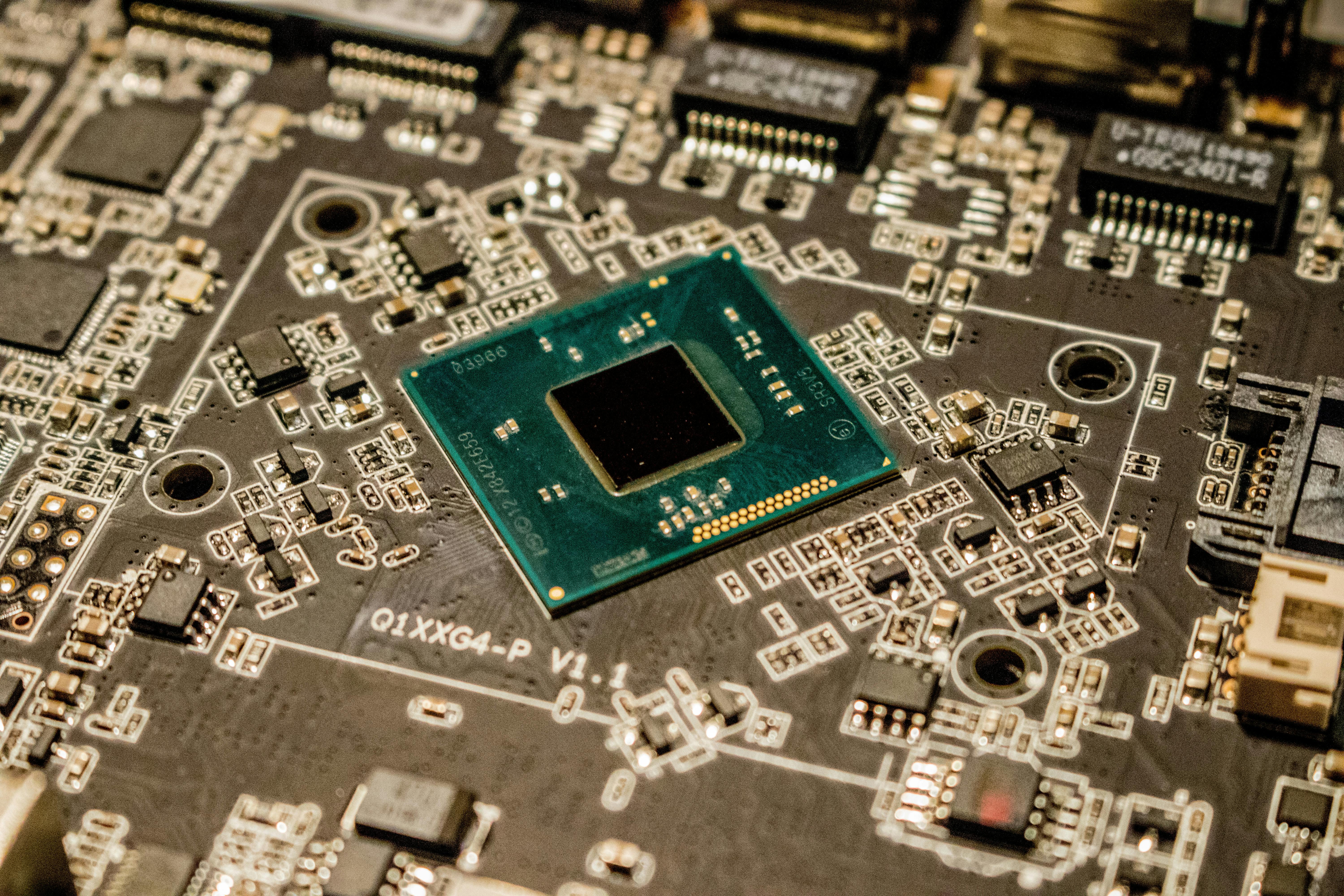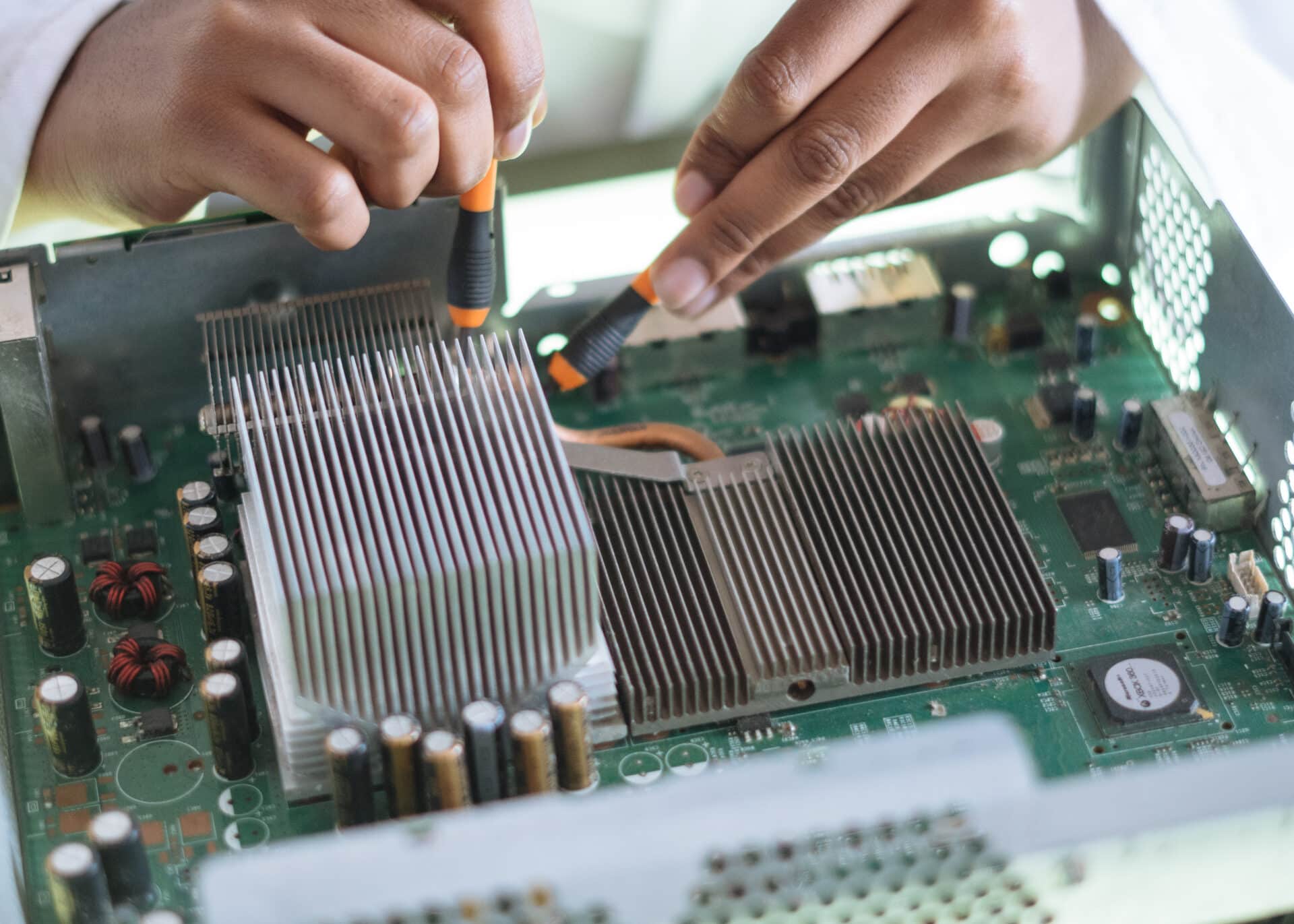The condenser plays an integral role in the distillation process. It is responsible for cooling and condensing vapors produced from the distillation process into a liquid form. The condenser is typically located at the top of the column and has a cooling coil and outlet port. The cooling coil helps to reduce the temperature of the vapor, while also increasing its density. This allows the vapor to become a liquid and flow through the outlet port, where it can be collected as a product of the distillation process.The function of the condenser in distillation is to cool the vapors that are produced during the process, thus allowing them to condense back into liquid form. The resulting liquid is then collected in a separate container.
Types of Condensers Used in Distillation
Distillation is a process used to separate components of a liquid mixture. In order for the distillation process to be effective, condensers are used to condense vapors back into a liquid state. There are several types of condensers that can be used in distillation, each with its own advantages and disadvantages. The most common types of condensers used in distillation are shell and tube, packed bed, plate fin, and spiral wound.
Shell and Tube Condenser
A shell and tube condenser is the most commonly used type of condenser in distillation because it is relatively inexpensive and efficient. It consists of a series of tubes bundled together within an outer metal shell. The hot vapor is passed through the tubes as coolant passes through the shell around them, allowing the vapor to condense quickly.
Packed Bed Condenser
A packed bed condenser uses a packing material such as ceramic or metal balls, Raschig rings, or other shapes to increase surface area for better heat transfer. The hot vapor
How Does a Condenser Work in Distillation?
A condenser is an essential part of the distillation process and plays a key role by cooling the hot vapor generated during distillation. This cooling process is necessary to convert vapors back into liquid form. The condenser works by transferring heat away from the vapor, allowing it to cool and condense back into its liquid form.
The most common type of condenser used in distillation is a shell-and-tube condenser. This type of condenser consists of two separate chambers – a shell side and a tube side – with a series of metal tubes connecting them. The vaporized liquid passes through the tube side, while the cooling medium passes through the shell side. As the vapor comes into contact with the cooler walls of the shell, it begins to cool, releasing its latent heat to the surrounding medium. This causes the vapor to change from a gas state back to its original liquid form, which can then be collected for further processing or use.
In addition to providing cooling for the condensed liquid, condensers also help prevent contamination of finished products. The transfer of heat away from the vapors helps reduce
What Factors Affect the Efficiency of a Condenser?
The efficiency of a condenser is largely determined by several factors, including its size and design, the type of refrigerant used, the temperature of air being cooled, and the air flow rate. The size and design of a condenser will affect its ability to radiate heat away from the refrigerant. The larger the condenser, the better it will be able to dissipate heat. Additionally, if the condenser is designed with fins or coils that promote air flow across its surface, it will also be more efficient. The type of refrigerant used in a condenser can also affect its efficiency. Refrigerants with higher boiling points require more energy to evaporate, and therefore reduce efficiency. The temperature of air being cooled by a condenser will also have an impact on its efficiency. Cooler temperatures allow for better heat absorption from the refrigerant, resulting in increased efficiency. Finally, air flow rate across the surface of a condenser can have an effect on its performance. Higher air flow rates increase heat absorption from the refrigerant, allowing for improved efficiency.
When all these components are taken into consideration,
How to Choose a Suitable Condenser for Distillation?
Choosing the right condenser for distillation is a critical step in the process of chemical distillation. The condenser plays an important role in the separation of two or more components from a mixture and is also necessary for efficient and safe operation of the distillation process. To select an appropriate condenser, one must consider several factors, such as the type of material being distilled, the temperature and pressure requirements, as well as cost and safety considerations.
When choosing a condenser for distillation, it is important to understand the type of material being distilled. This is because different materials have different physical properties that will determine which type of condenser will be best suited. For example, when distilling liquids with high boiling points, a water-cooled condenser might be required due to its larger surface area and better heat transfer capabilities. On the other hand, materials with low boiling points may require an air-cooled condenser to reduce thermal stress on the materials being distilled.
The temperature and pressure requirements are also important considerations when selecting a condenser for distillation. Different types of condensers have

Pro and Cons of Different Types of Condensers
Condensers are essential components of many air conditioning systems, and there are several types available. Each type has its own advantages and disadvantages, so it’s important to consider all the options before making a decision. Heat exchangers are one type of condenser, which use an intermediate material to transfer thermal energy from a hot source to a cooler one. This is often used in automobile air conditioning systems, as it requires less space than other types. The main advantage of heat exchangers is their ability to maintain temperatures more efficiently than other condensers, but they can also be more expensive.
A second type of condenser is the evaporative cooler, which uses water or some other coolant to absorb and transfer heat energy from the system. This type is often used in industrial applications because it can be more efficient than other types in terms of energy consumption. The main disadvantage of evaporative coolers is that they require a large amount of water or other coolant to operate properly, which can lead to increased operating costs.
The third type of condenser is the refrigerant-based system. These use a gas
Common Issues with Condensers Used in Distillation
Condensers are an important part of distillation, and they are regularly used to cool down and condense vapor into liquid. However, there are common issues that can arise when using condensers in distillation. These issues can range from obstruction of the cooling water flow to inadequate cooling due to a poor seal between the condenser and the cooling system. Additionally, the design of the condenser can also affect its performance, leading to problems such as low efficiency or high pressure drops.
One of the most common problems with condensers used in distillation is obstruction of the cooling water flow. This can occur if there is an accumulation of debris or scale inside the condenser, which restricts or blocks the flow of coolant through it. In order to avoid this issue, it is important to ensure that all components of the system are regularly inspected and maintained.
Another common issue that can arise when using condensers in distillation is inadequate cooling due to a poor seal between the condenser and its associated cooling system. This can lead to inefficient operation and higher energy costs as more energy is needed to cool
Cleaning a Condenser
Regular cleaning of a condenser is essential to ensure efficient operation of the distillation process. Cleaning should be done on a regular basis to remove any residue that may have accumulated inside the condenser. To clean, first, disconnect the power supply and then open up the condenser and use a soft brush or cloth with warm water and detergent to remove any dust or debris. Ensure that all parts are thoroughly dried before reassembling.
Checking Connections
It is important to check all connections in a condenser regularly for any signs of wear and tear. Loose connections can cause leaks which will lead to poor performance of the distillation process. Check all the joints, hoses, and valves for signs of corrosion or damage and repair or replace them if necessary.
Inspecting Seals
The seals around the condenser must be inspected on a regular basis to ensure they are working properly. Any leaks can lead to contamination of the distillate as well as loss of efficiency in the process. Replace any damaged seals as

Conclusion
The condenser is an essential part of the distillation process. It serves to cool the vaporized liquid and return it to a liquid state, while also allowing the desirable components to be collected for further use. The type of condenser employed in a distillation set up can affect the purity and efficiency of the distillation process. It is therefore important to select a condenser that is appropriate for the type and quantity of material being distilled. By ensuring that the correct condenser is used, it is possible to optimize the distillation process and obtain high quality products from relatively low cost and energy consumption.
In summary, the condenser plays an important role in any distillation set up by cooling vapors and returning them to liquid form, allowing desirable components to be collected for further use. A well-selected condenser will improve efficiency of the system as well as product purity.

